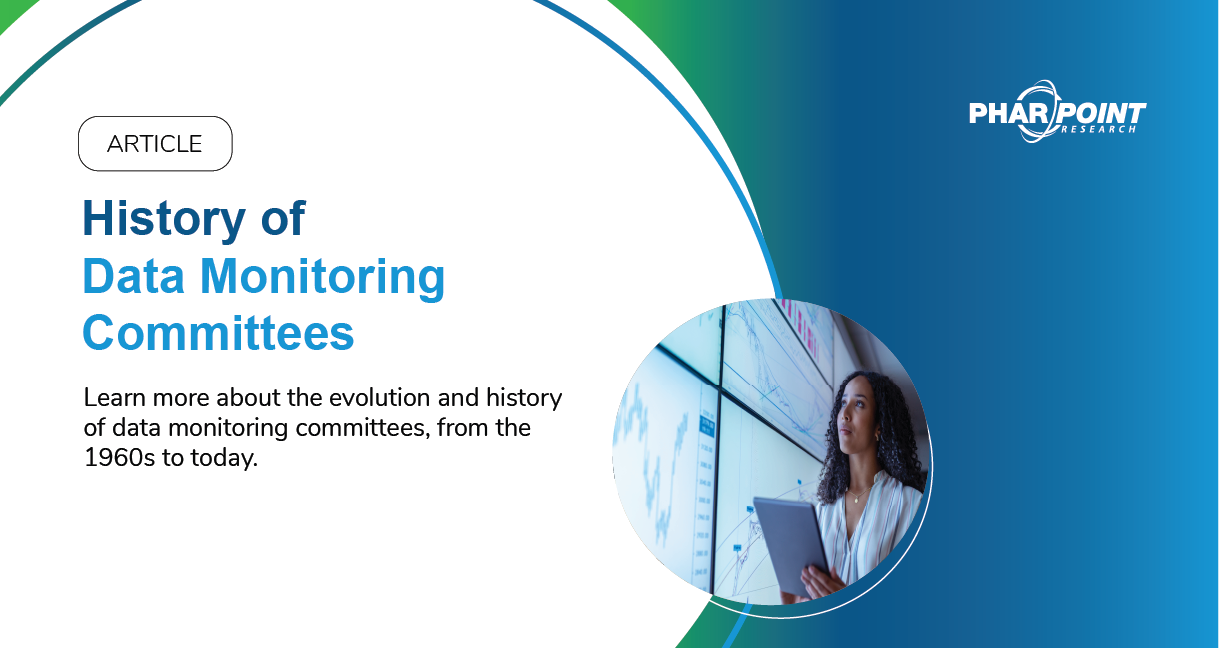The History of Data Monitoring Committees
A look into the evolution and history of data monitoring committees, from the 1960s to today.
Introduction: The University Group Diabetes Program
In the early 1960s a group of 26 people came together as part of a “treatment effects monitoring” committee involved in a controversial type II diabetes study which previously had been surrounded by concerns regarding drug safety and inadequate monitoring. The study was large, involving over 1,000 subjects and spanning 12 different clinics.
Every six months, the treatment effects monitoring committee met to review reports generated by the study’s coordinating center. The introduction of this interim monitoring led to two instances when protocol changes were voted on with a simple majority over the course of the approximately 10 year program.
This treatment effects monitoring committee was one of the earliest versions of a data monitoring committee (DMC), though it was not independent from the study in the same way that DMCs are today.
Independence is Key: The “Greenburg Report”
An expert committee headed by Dr. Bernard Greenburg, a statistician from the University of North Carolina, created the “Greenburg Report” in 1967, calling for an independent committee for interim monitoring.
The report discussed the management of complex multi-institutional clinical trials and suggested the need for an “independent advisory committee” to help manage them. The Greenburg Report was never intended for publication and was instead delivered as a set of recommendations to the then-National Heart Institute. Today, after over 50 years, much of what the Greenburg Report discussed is still relevant to the challenges of complex multi-institutional trials.





